Long before streaming services and cable channels crowded our screens, the Western ruled television’s golden age. From the late 1950s through the early 1970s, these dusty, dramatic tales of frontier justice captivated Americans gathered around their living room sets, teaching values of honor, courage, and perseverance along the way. While shows like “Gunsmoke” and “Bonanza” remain household names, dozens of influential Westerns have faded from our collective memory despite laying the groundwork for everything from modern police procedurals to space operas.
1. Maverick (1957-1962)
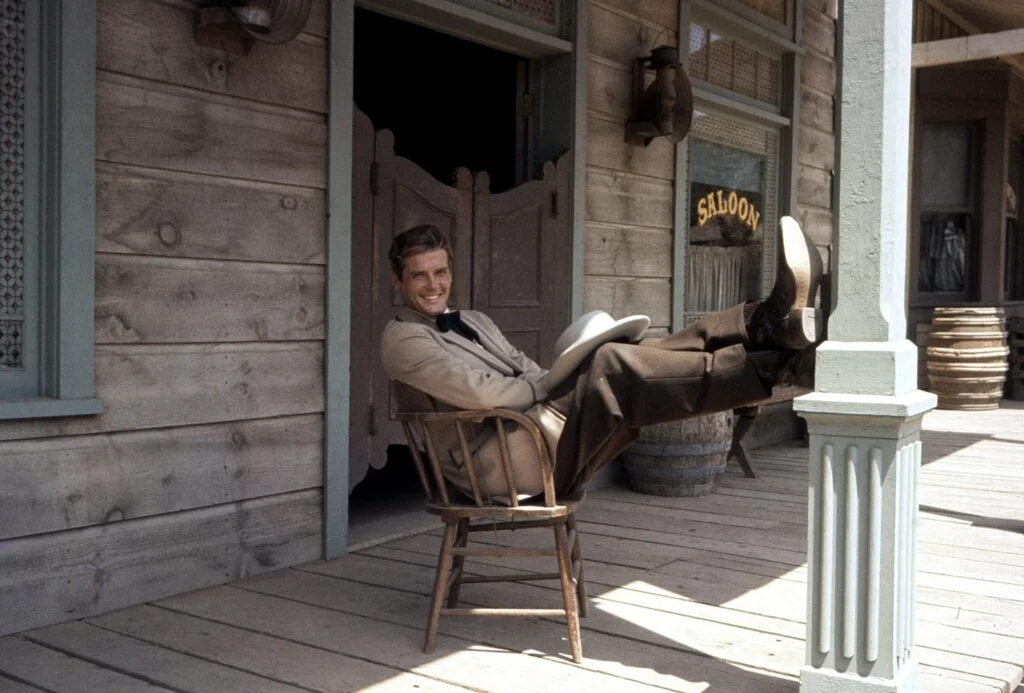
Unlike the straight-laced lawmen common to the genre, “Maverick” introduced television audiences to a charming gambler who preferred outwitting opponents to outdrawing them. James Garner’s portrayal of Bret Maverick revolutionized the TV protagonist, proving viewers would embrace a flawed hero who relied on brains rather than bullets. The show’s gentle satire of Western tropes and willingness to let its hero run from danger rather than face it head-on influenced countless “reluctant heroes” in television, from “The Rockford Files” to “Firefly.” Its ratings on IMDb show that this series has managed to stand the test of time.
The series also pioneered rotating leads when conflict between Warner Bros. and Garner led to Jack Kelly starring in alternate episodes as brother Bart Maverick, a production model still used today. Later seasons introduced cousins Beau and Brent Maverick (played by Roger Moore and Robert Colbert), showing networks how to extend a property’s life through casting changes. “Maverick” demonstrated that Westerns could be playful and self-referential while maintaining strong storytelling—a lesson modern shows like “Deadwood” and “Westworld” would later embrace with their own subversive takes on the genre.
2. Have Gun – Will Travel (1957-1963)

Before Marvel gave us complex antiheroes, “Have Gun – Will Travel” introduced the mysterious Paladin, a refined gentleman in San Francisco who transformed into a black-clad gunfighter when hired to solve problems on the frontier. Richard Boone’s philosophical hired gun represented one of television’s first character-driven Westerns, where moral complexity drove the stories rather than simplistic good-versus-evil narratives. The show’s innovative structure—opening with Paladin already taking a case rather than establishing how he got involved—influenced countless procedurals that drop viewers directly into the action. Rotten Tomatoes puts into perspective the emotional anguish driving this profound production.
Perhaps most revolutionary was the show’s exploration of ethical dilemmas, with Paladin often discovering his clients had misrepresented situations or finding himself caught between competing legitimate interests. The series regularly addressed racism, land rights, and justice in ways that made viewers reconsider frontier stereotypes without feeling preached to. Paladin’s calling card—featuring a chess knight and the title phrase—became one of television’s first marketing phenomena, demonstrating how iconic imagery could extend a show’s cultural footprint beyond its timeslot.
3. The Rifleman (1958-1963)
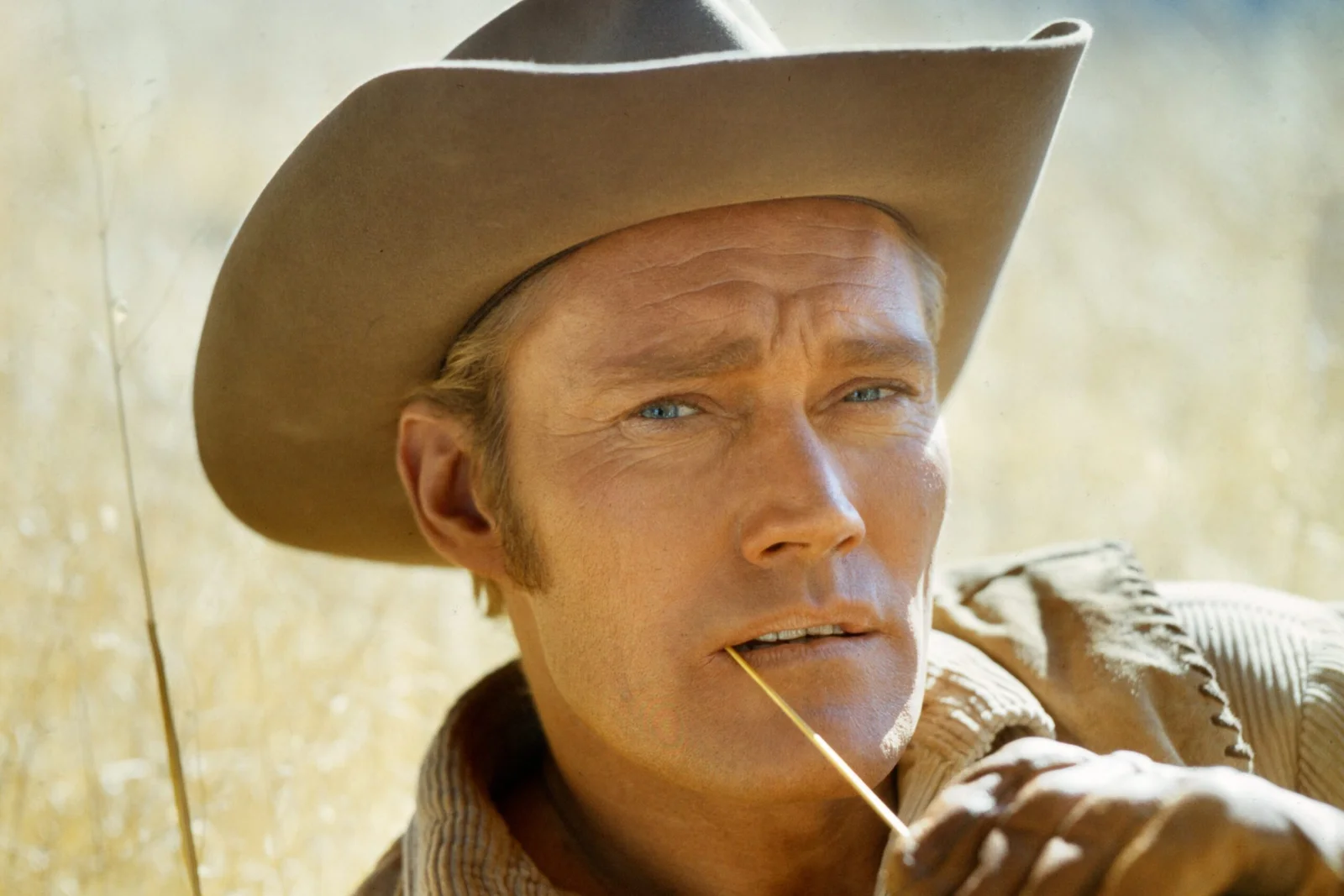
“The Rifleman” broke new ground by centering its narrative on a single father, Lucas McCain, raising his son Mark alone on the frontier—a family structure rarely seen in television at that time. Chuck Connors’ portrayal of the widowed rancher balancing parenthood with community responsibilities created a template for future single-parent shows across all genres. The series consistently used its frontier setting to explore moral lessons for young Mark, making it one of the first Westerns to specifically address family audiences rather than just adult viewers. IMDb lists the star power that helped bring this series to life.
Equally influential was the show’s distinctive visual signature: McCain’s modified Winchester rifle, which he could fire rapidly by using the lever action to cock and fire in one fluid motion. This signature weapon and the series’ iconic opening sequence—McCain walking down the street firing repeatedly—set a standard for character-defining imagery that shows from “Miami Vice” to “Breaking Bad” would later emulate. Director Sam Peckinpah cut his teeth on eighteen episodes of “The Rifleman,” developing filmmaking techniques he would later use to revolutionize Western cinema in “The Wild Bunch” and other classic films.
4. Trackdown (1957-1959)
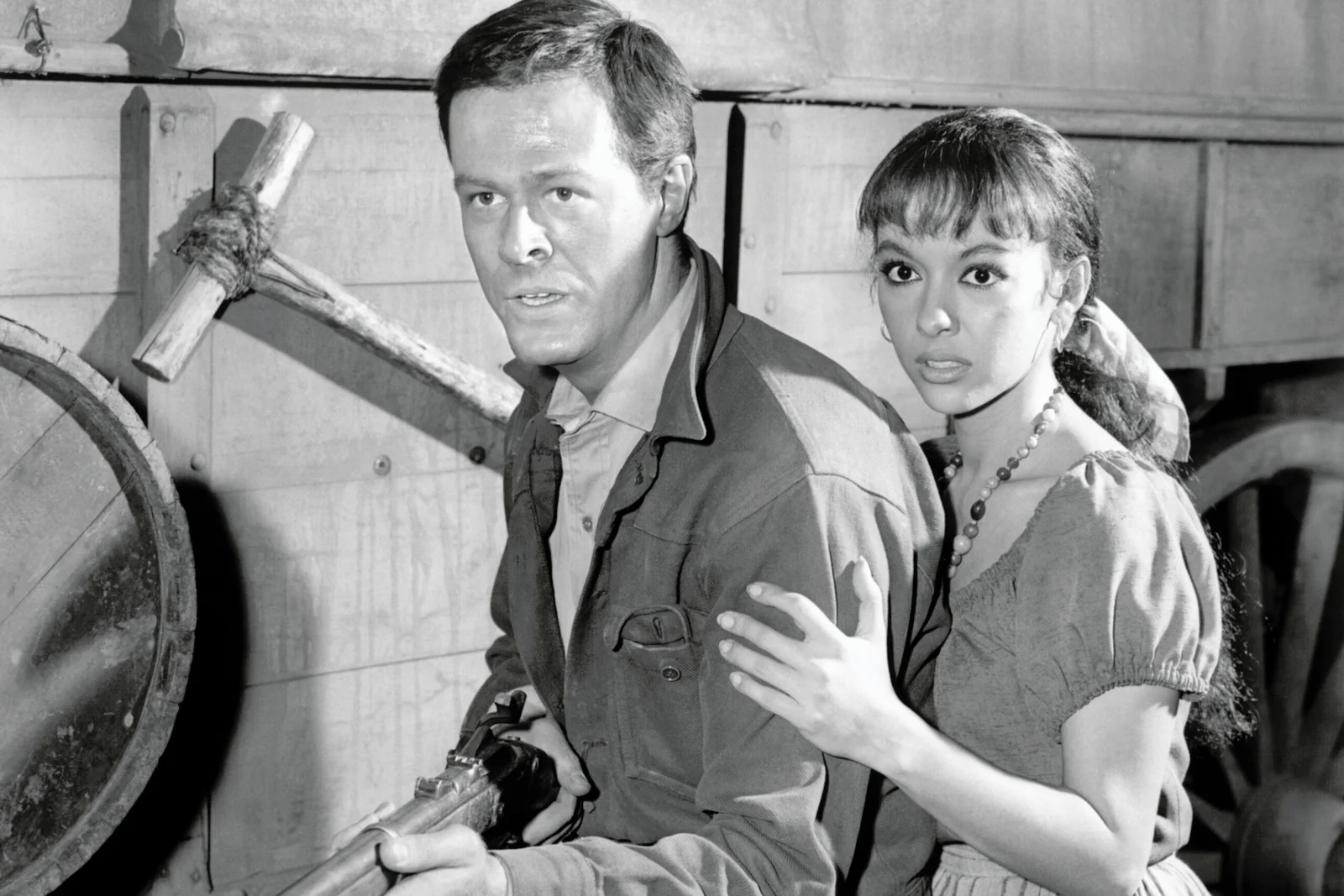
Though it aired just two seasons, “Trackdown” pioneered the historically-accurate Western through its authentic portrayal of Texas Ranger Hoby Gilman, played with quiet intensity by Robert Culp. Based on real Rangers’ experiences, the series took pains to show accurate firearms, clothing, and law enforcement procedures of the post-Civil War era. The show’s commitment to authenticity influenced later historical dramas in all genres and set a standard that modern Westerns like “Deadwood” would take even further in their quest for historical verisimilitude. TVGuide shows that this series was led by some major star power.
“Trackdown” also developed the template of the outsider lawman bringing justice to different communities each week, a format that would become television’s dominant crime-fighting structure for decades. The series featured early work from future directors Sam Peckinpah and Richard Donner, who would later bring the show’s gritty realism to feature films. Perhaps most notably, a 1958 episode titled “The End of the World” featured a con man named Trump who promised to build a wall to protect a town from destruction—an eerie coincidence that brought the forgotten series back into public discussion nearly sixty years later.
5. The Rebel (1959-1961)
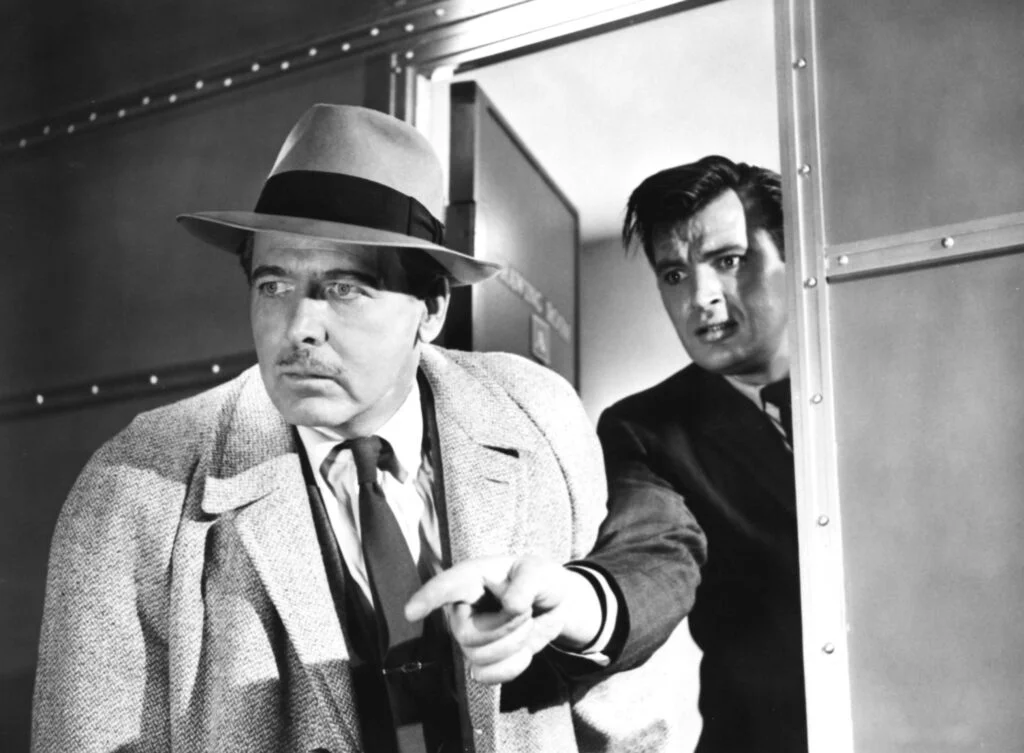
“The Rebel” broke significant ground with its portrayal of former Confederate soldier Johnny Yuma, who wandered the West after the Civil War trying to make peace with his role in the conflict. Nick Adams’ sensitive portrayal of a veteran dealing with what we now recognize as PTSD created one of television’s first psychologically complex protagonists. The series explored themes of national reconciliation and personal redemption rarely addressed in the typically black-and-white morality of 1950s television.
Johnny Cash’s iconic theme song became more famous than the show itself, keeping “The Rebel” alive in cultural memory long after its cancellation. The show’s premise—a journal-keeping wanderer having episodic encounters while wrestling with his own demons—influenced later series from “The Incredible Hulk” to “Kung Fu.” By focusing on a Confederate protagonist sympathetically without glorifying the Southern cause, “The Rebel” attempted a nuanced approach to historical storytelling that modern series creators still struggle to achieve.
6. Wanted: Dead or Alive (1958-1961)
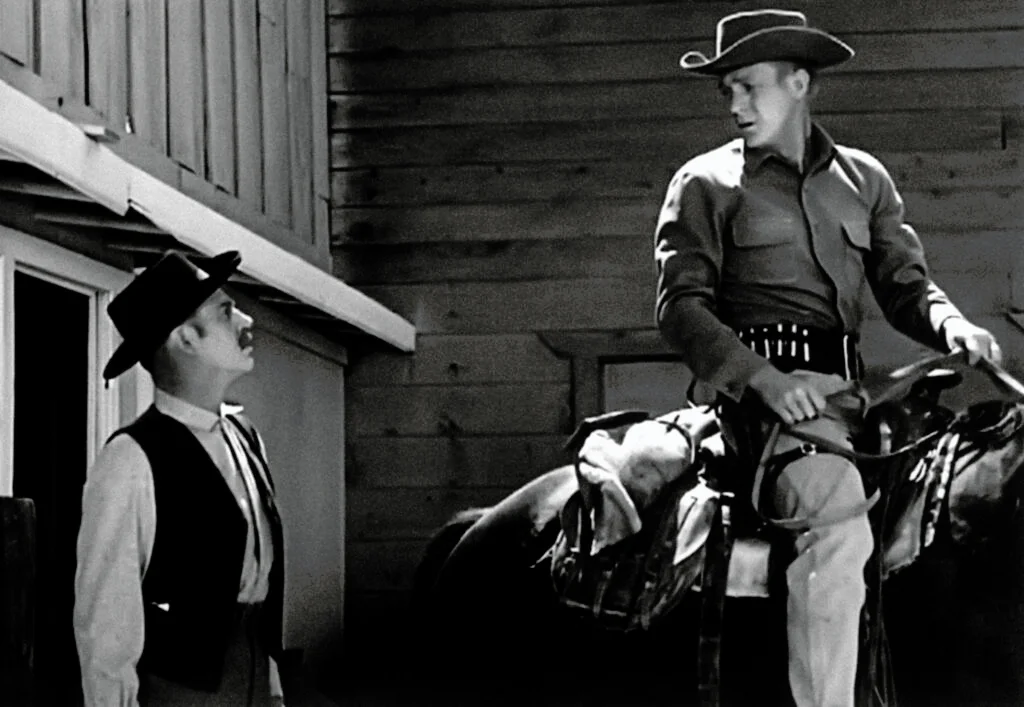
Before becoming a film icon, Steve McQueen shot to stardom as bounty hunter Josh Randall, creating television’s first true anti-establishment Western hero. Randall’s distinctive sawed-off “Mare’s Leg” carbine became one of TV’s most recognizable props and established the tradition of giving protagonists unique, identifying weapons. The show’s gritty portrayal of a morally complex profession—bounty hunting—opened the door for future series to explore gray areas of frontier justice beyond simple lawmen-versus-outlaws narratives.
“Wanted: Dead or Alive” pioneered the minimalist Western hero who spoke more through actions than words, with McQueen often conveying entire emotional arcs through subtle facial expressions. The series regularly subverted expectations by having Randall choose mercy over reward, establishing the reluctant bounty hunter as a Western archetype that remains popular today. McQueen’s performance established a new template for television stardom, demonstrating how charisma and physical presence could draw viewers even without extensive dialogue—a lesson later embraced by everyone from Clint Eastwood to Timothy Olyphant.
7. The Westerner (1960)
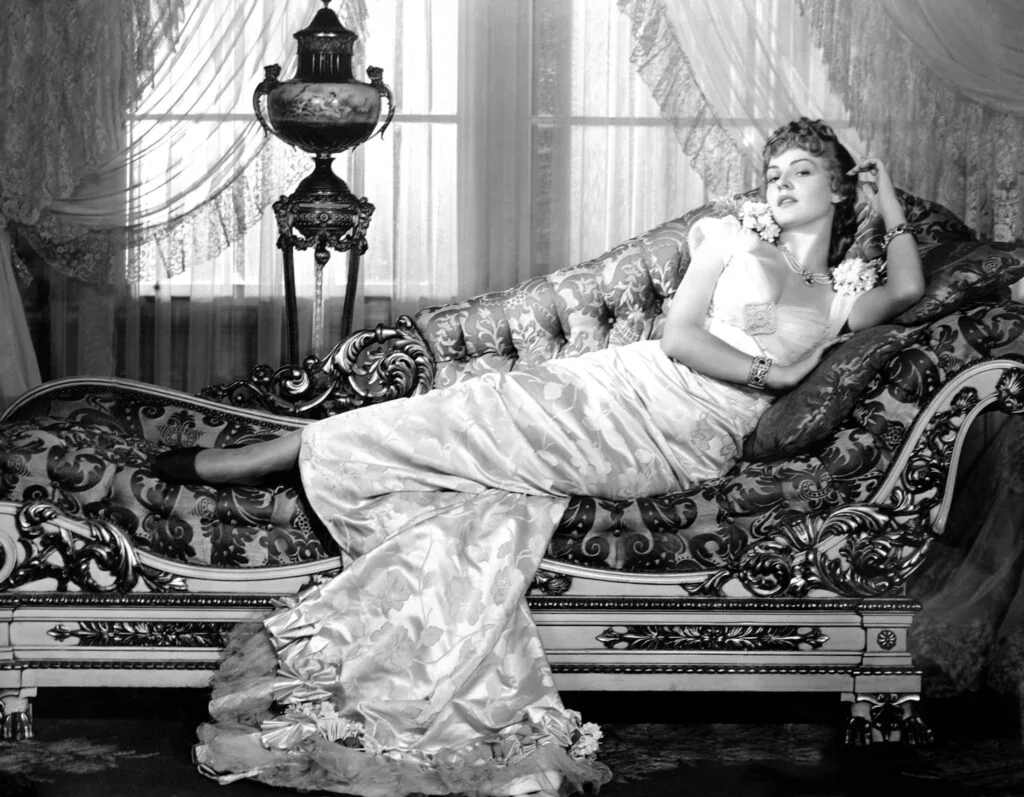
Despite running only 13 episodes, Sam Peckinpah’s “The Westerner” revolutionized television with its unflinching portrayal of frontier life and morally ambiguous characters. Brian Keith starred as Dave Blassingame, a drifter whose relationship with his dog, Brown, often seemed deeper than his connections to people—a characterization that challenged the sociable cowboy stereotype. The series rejected the clean-cut image of Western heroes, presenting instead a sometimes crude, occasionally violent protagonist who nonetheless maintained a personal code of honor.
Peckinpah used the series to experiment with techniques that would later define his cinematic style, including realistic violence, extended silences, and morally complex situations without clear resolutions. Network executives, uncomfortable with the show’s refusal to provide tidy moral lessons, quickly canceled it despite critical acclaim. Though short-lived, “The Westerner” influenced countless subsequent productions by demonstrating that audiences could handle sophisticated, adult-oriented Western storytelling—a lesson HBO’s “Deadwood” would spectacularly affirm four decades later.
8. Laredo (1965-1967)
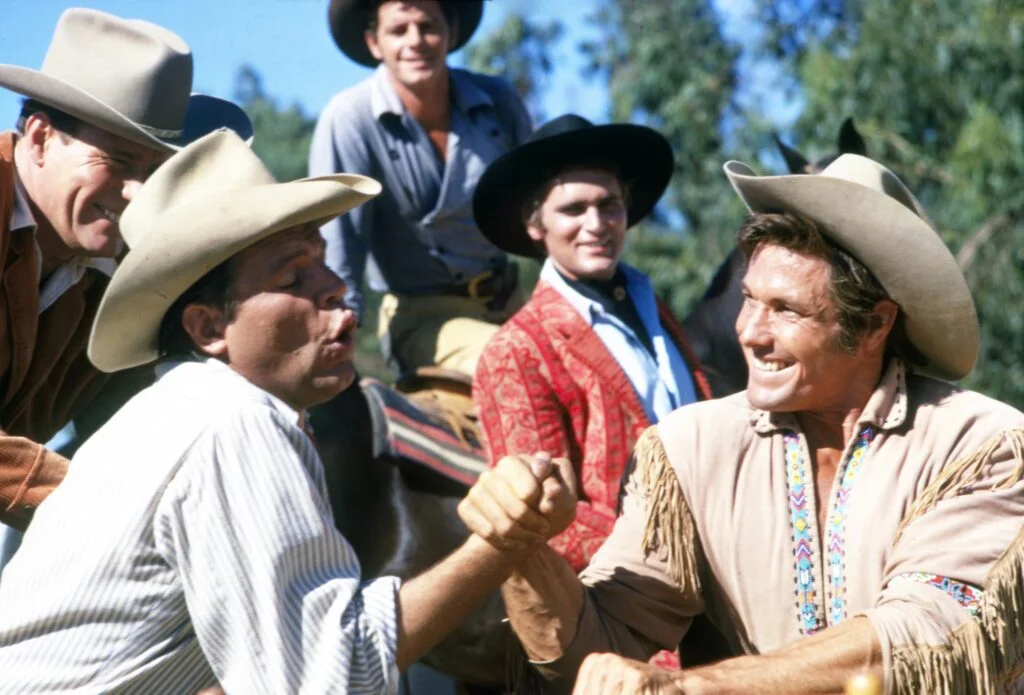
At a time when Western popularity was waning, “Laredo” injected new life into the genre by reimagining it as a buddy comedy with action elements. The series followed three Texas Rangers—Reese Bennett, Chad Cooper, and Joe Riley—whose contrasting personalities and constant bickering provided as much entertainment as their crime-fighting activities. This “workplace comedy” approach to the Western genre established a template for future ensemble shows across all genres, demonstrating how character dynamics could drive viewer engagement even within familiar story structures.
The show’s colorful cinematography and lighter tone marked a significant departure from the gritty black-and-white Westerns of the previous decade. “Laredo” pioneered the integration of humor into action sequences, with physical comedy becoming part of chase scenes and shootouts rather than relegated to separate comic relief moments. This willingness to blend tones influenced later series from “The A-Team” to “Firefly,” all of which balanced dramatic stakes with humorous character interactions in ways “Laredo” had first explored on the frontier.
9. The Road West (1966-1967)
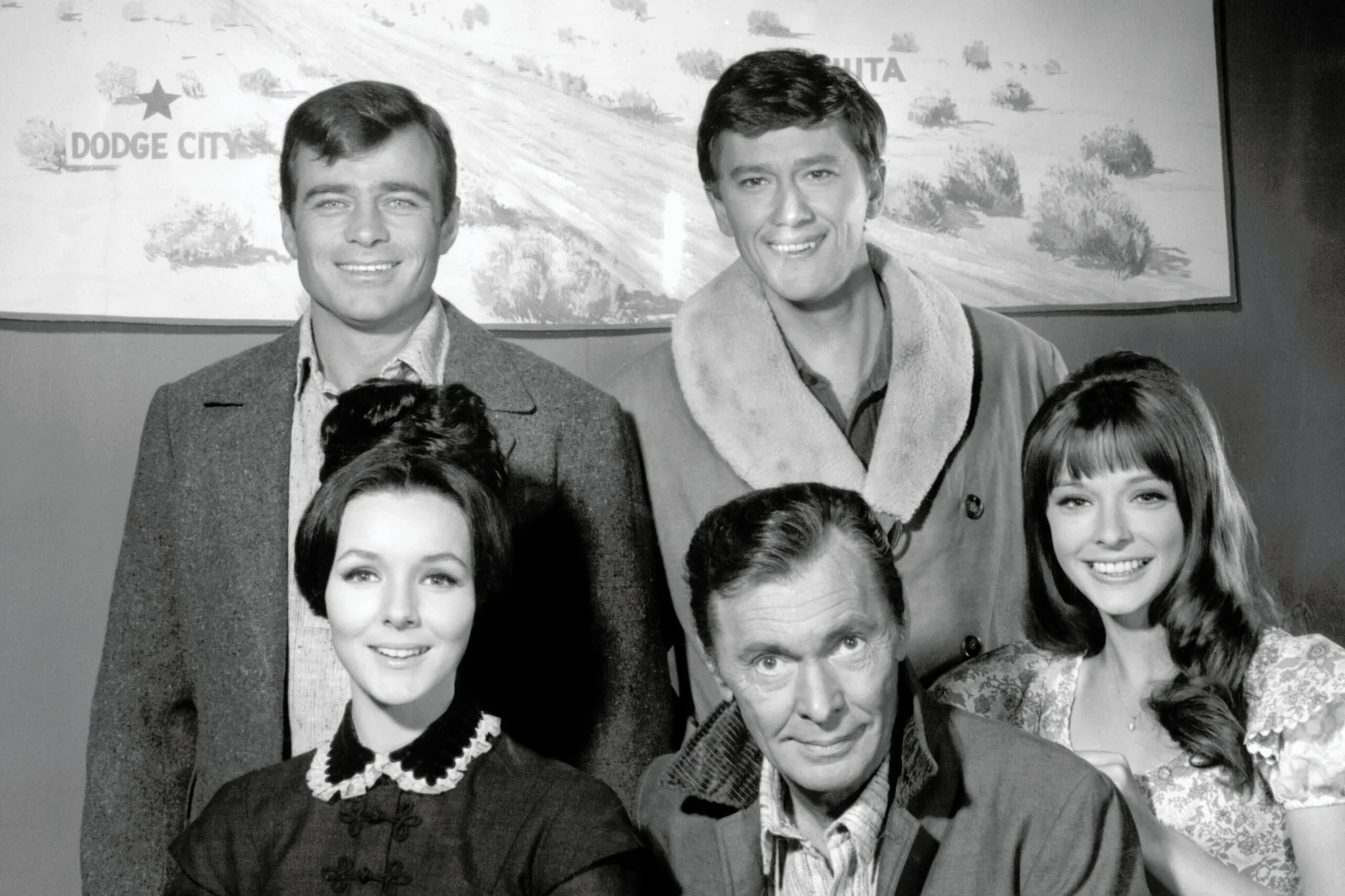
“The Road West” broke new ground by focusing on the day-to-day struggles of frontier life rather than gunfights and law enforcement. The show centered on the Pride family—led by widower Ben Pride—as they established a homestead in 1860s Kansas, bringing much-needed attention to the role of ordinary families in settling the American West. The series portrayed frontier women as essential partners in survival rather than background characters, with daughters Midge and Betsy having storylines as substantial as their male counterparts.
Barry Sullivan’s portrayal of Ben Pride explored the weight of responsibility carried by frontier patriarchs without resorting to the stoic stereotypes common in other Westerns. The show’s unflinching portrayal of agricultural disasters, harsh weather, and economic hardships provided a realistic counterpoint to more romanticized Westerns of the era. Though short-lived, “The Road West” established the template for later frontier family dramas like “Little House on the Prairie” and historical reality programming like “Frontier House,” confirming viewer interest in the domestic side of Western expansion.
10. Cimarron Strip (1967-1968)

With its unprecedented 90-minute format and feature-film production values, “Cimarron Strip” pushed the boundaries of what television Westerns could achieve visually and narratively. Stuart Whitman starred as Marshal Jim Crown, maintaining order in the lawless strip of land that would eventually become Oklahoma—a unique setting that allowed the show to explore the tension between settled communities and the closing frontier. The extended runtime permitted complex storylines and character development rarely possible in standard hour-long formats, establishing a precedent for the prestige television of later decades.
CBS invested heavily in the series, with episodes costing a then-astronomical $350,000 each—nearly three times the budget of typical Western episodes of the era. The show’s cinematic approach to television storytelling attracted notable guest stars and writers, including future “Star Trek” veterans like Joseph Sargent and Harlan Ellison. Despite its short run, “Cimarron Strip” demonstrated that television could support ambitious, novelistic storytelling in the Western genre—a concept that would eventually flower fully in series like “Lonesome Dove” and “Deadwood.”
11. Alias Smith and Jones (1971-1973)
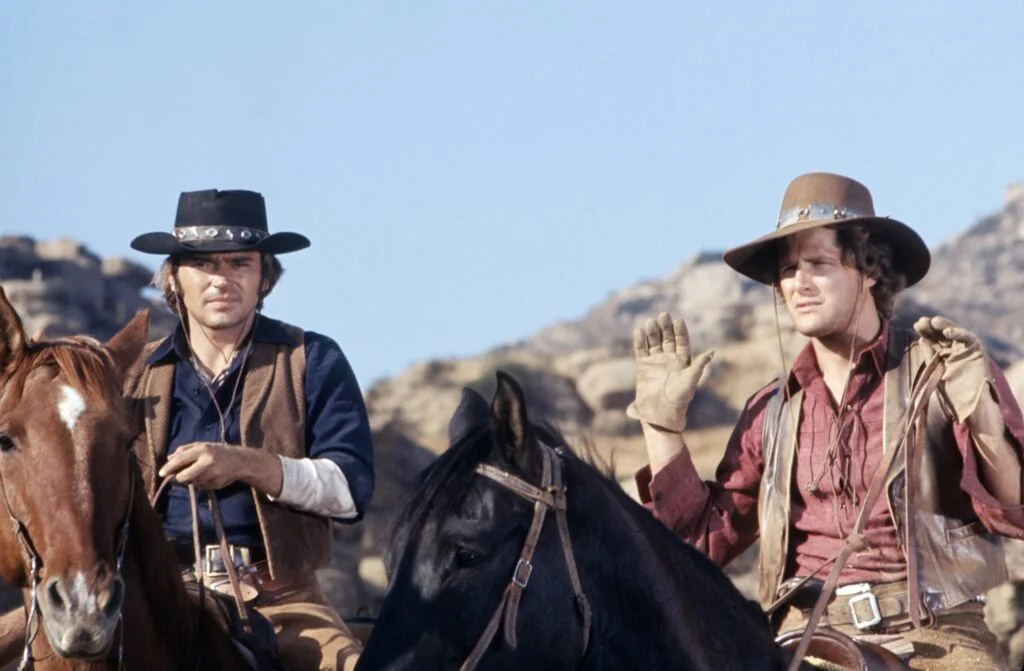
As the traditional Western was fading from television, “Alias Smith and Jones” reinvigorated the genre by embracing elements of buddy comedies and caper films popular in early 1970s cinema. The series followed former outlaws Hannibal Heyes and Kid Curry (using the aliases Joshua Smith and Thaddeus Jones) as they sought amnesty by staying out of trouble for one year—a premise that cleverly set up both episodic adventures and a series-long arc. This structure of reformed criminals working toward redemption would influence countless later series across genres, from “The A-Team” to “Leverage.”
The show’s lighthearted tone and emphasis on the chemistry between Pete Duel and Ben Murphy mirrored film buddy dynamics like those in “Butch Cassidy and the Sundance Kid,” effectively translating that successful formula to television. Tragically, the show’s promise was cut short when star Pete Duel died by suicide during the second season, with Roger Davis taking over his role but never recapturing the original dynamic. Despite this setback, the series demonstrated that Western elements could successfully blend with contemporary storytelling approaches, preserving the genre’s relevance even as traditional Westerns disappeared from the schedule.
12. Nichols (1971-1972)
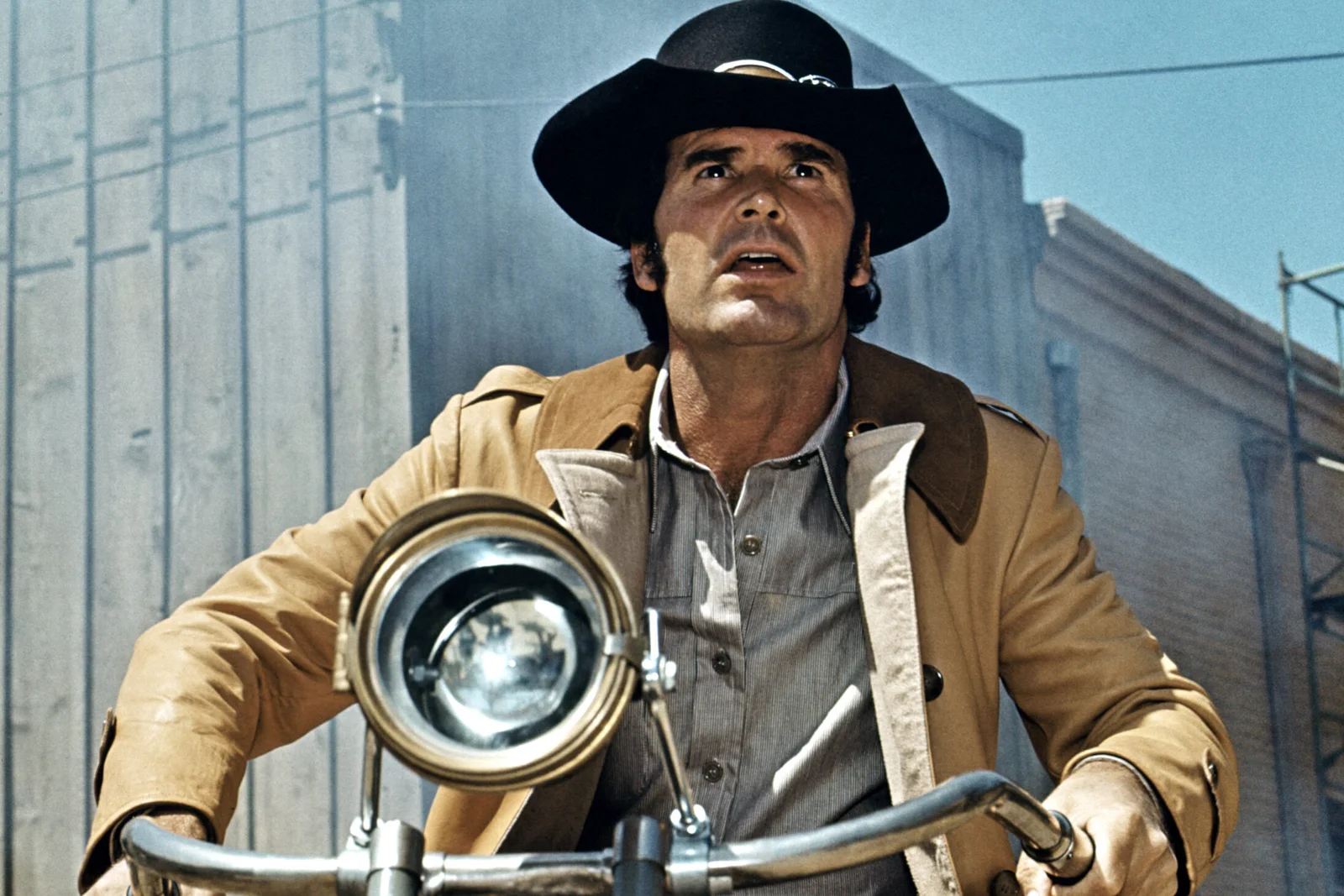
James Garner returned to the Western genre with “Nichols,” a deliberate deconstruction of the myths he had helped create in earlier series. Set in 1914 Arizona, the show featured motorized vehicles and modern weapons, explicitly addressing the closing of the frontier era and the obsolescence of traditional Western skills. Garner’s reluctant sheriff actively avoided violence and regularly claimed the town wasn’t worth protecting—a radical subversion of Western hero conventions that reflected early 1970s questioning of American exceptionalism and authority.
The series took the unprecedented step of killing off its protagonist in the final episode, with Garner returning as Nichols’ more conventional twin brother to avenge him—a narrative twist that commented on network demands for more traditional heroics. This willingness to break fundamental television rules demonstrated how far the Western had evolved from its black-hat/white-hat origins. Though unsuccessful commercially, “Nichols” influenced later revisionist Westerns like “Deadwood” and neo-Westerns like “Justified,” which similarly examined the relevance of frontier justice in changing times.
These shows may have disappeared from syndication packages and streaming menus, but their DNA lives on in everything from “The Mandalorian” to “Yellowstone.” As television continues evolving, the lessons these pioneers taught—about character complexity, visual storytelling, and narrative ambition—remain as relevant as ever. So next time you settle in with your favorite modern series, tip your hat to these forgotten trail-blazers whose innovative spirit transformed not just the Western, but television itself.


